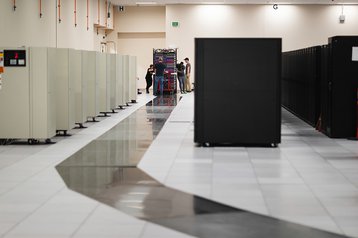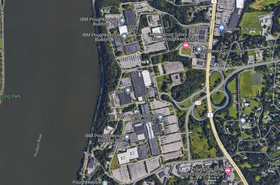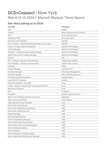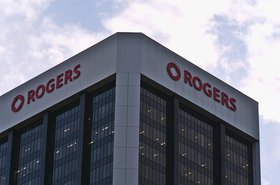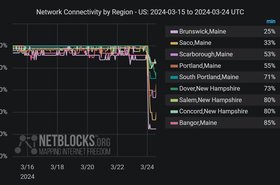The US Los Alamos National Laboratory (LANL) has completed the installation of its new "Crossroads" supercomputer.
The high-performance computing (HPC) cluster was delivered to the Strategic Computing Complex (SCC) in Santa Fe, New Mexico, at the beginning of June, and has now been fully installed.
For now, the laboratory team and Hewlett Packard Enterprise (HPE), the system provider, are running initial diagnostics for the system. Once testing is completed, it will be available for use by the three National Nuclear Security Administration (NNSA) labs which include Los Alamos, Sandia, and Lawrence Livermore. An expected start date has not been shared.
Crossroads, an HPE system based on the HPE Cray Ex Supercomputer, will be a part of the NNSA's computing strategy to provide simulation capabilities "in support of nuclear weapon stockpile stewardship," dubbed the Advanced Simulation and Computing Program, Advanced Technology Systems (ATS).
Crossroads is the third ATS supercomputer (ATS-3). Trinity (ATS-1) was deployed in 2015, followed by Sierra (ATS-2) which is hosted at the Lawrence Livermore National Laboratory. The fourth, when completed, will be El Capitan (ALS-4) which will also be at Lawrence Livermore and is expected to deliver more than two exaflops of computing capacity. This will then be followed by a fifth, unnamed, supercomputer which will also be housed at Los Alamos.
According to LANL, the requirements of simulating stockpile stewardship require a computer cluster that is not only large and fast but prioritizes memory size and speed.
“Given the hoopla in the press about the ‘fastest computer in the world,’ one might think we should buy computers with the most flops,” said Gary Grider, leader of the Lab’s HPC division. “Every class of problem requires a different balance of flops, memory size, and memory access. For the problems we are working on, the time it takes to get a result is mainly determined by memory size and memory access, not flops.”
The exact hardware used in the supercomputer has not been shared by the LANL, but its ancillary cluster Tycho was comprised of 2,600 notes based on Sapphire Rapids processors. The Next Platform has suggested Crossroads also utilizes Intel's Sapphire Rapid's Xeon Scalable chips.
In the lab's announcement, it acknowledged that it exporting a "new memory technology" for Crossroads, stating that: "High-bandwidth memory brings memory directly to the processing chip and allows for quicker “talking” between the CPU and the memory."
Based on early testing, Crossroads can deliver between four to eight times more efficiency in terms of memory bandwidth, compared to Los Alamos' previous cluster, Trinity. An exact performance has not been shared, but based on a four-times improvement, it could have a rough benchmark of 165 petaflops at peak double precision.
Crossroads also has three ancillary clusters: Rocinante, Razorback, and Tycho. Rociante enables code developers to do their work on the same architecture, but at a small scale called the Application Regression System. Razorback is for system administrators to test and prepare upgrades, and Tycho which was installed in October 2022 and offers more conventional memory than high bandwidth memory technology.

